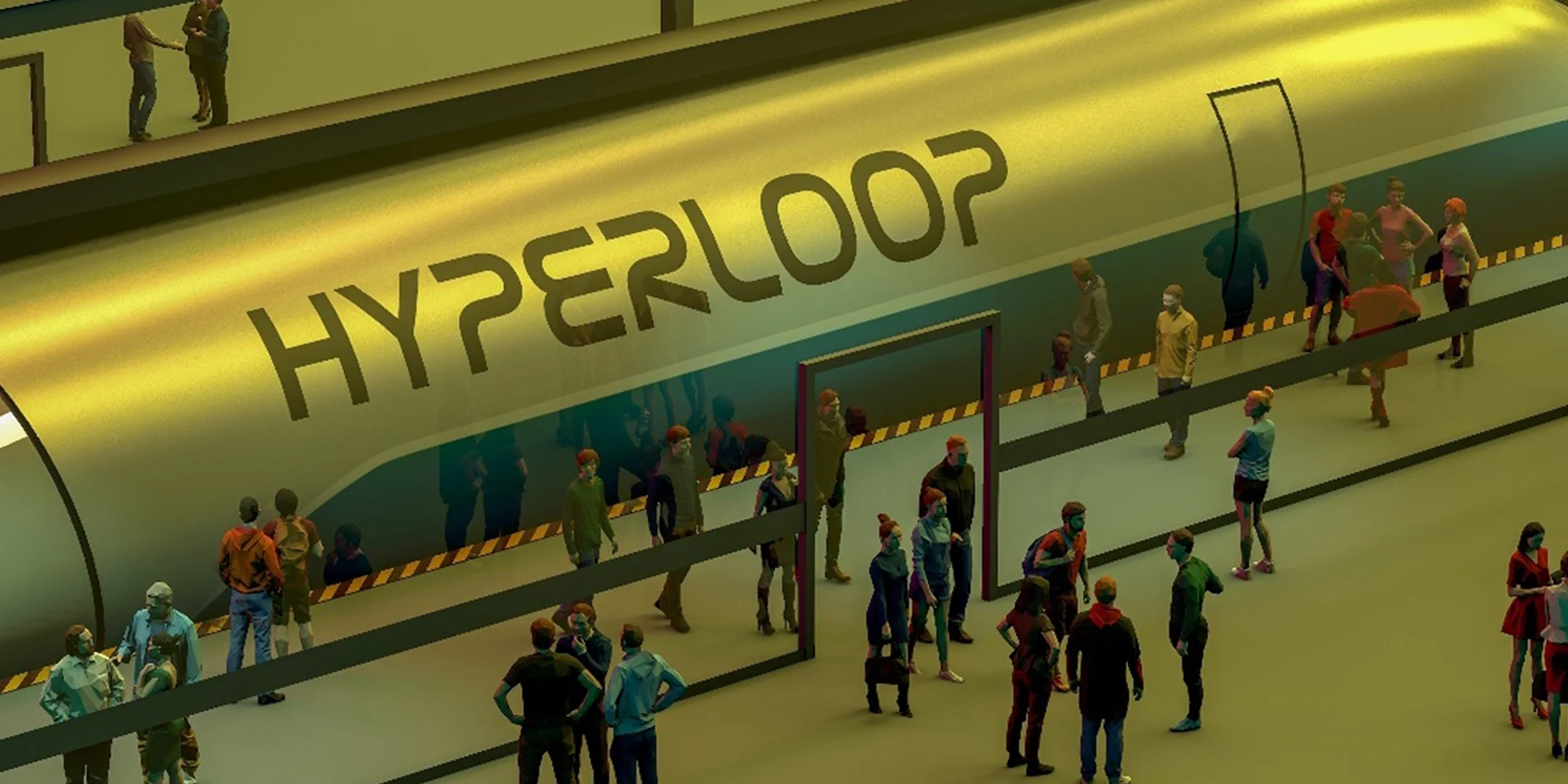Introduction
The need for a fast, efficient ground transport system that connects cities and countries has been evident for a long time. The Hyperloop system promises to make this a reality by 2030. For over a decade, development of hyperloop technology has been a key topic of discussion in the transportation industry, with some companies commencing hyperloop technology tests. If commercialized, this transport system could have far-reaching economic and environmental benefits for passengers across the world.
Defining Hyperloop Technology
Hyperloop technology refers to a super-fast ground transport system that several companies are currently developing. This technology could see both cargo and passengers travel at ultra-high speeds inside floating pods either below or above ground. Electric propulsions and magnetic levitation tracks are used to move the pods through low-pressure tubes.
History of the Hyperloop
The idea of a vacuum tube transportation system has been around for at least two centuries. The earliest concept of a tunnel system was in 1799 when the idea of using air pressure to move goods via iron pipes was conceptualized.
This idea has developed over time as reflected in timeline below:
- 1844: A pneumatic railway station in London completed
- 1845: Proposal to construct a tube that propels trains at 70 miles per hour made but not implemented
- 1850s: Additional pneumatic railways constructed in London, Dublin, and Paris
- 1860s: An atmospheric railway known as Crystal Palace in South London constructed
- 1870s: The Beach Pneumatic Transit launched in New York City
- 1900s: Pneumatic Tubes adopted and used in key cities to transport mail and other
items/messages. Design of a vacuum-tube train system from New York to Boston
- 1910: Design of a train that would float on magnets within a vacuum tunnel developed
- Early 2000s: Design of a pneumatic-maglev train with car-sized pods to travel in elevated tubes with completed
- 2010: Underground vacuum tube network to move food canisters, Foodtubes project unveiled in the UK
- 2013: A Hyperloop white paper published by Elon Musk. The design featured sealed pods whisking through vacuum tubes
- 2014: Hyperloop One is Launched
- 2016: Construction of a Hyperloop Test Track commenced in California
How Do Hyperloops Work?
A hyperloop system features three things- connecting movement hubs, a vacuum-tube network, and pods. Since hyperloops are designed to work in low-pressure environments, their energy efficiency is high due to the minimal aerodynamic drag.
Hyperloops differ from current travel options in several ways. Unlike conventional trains, hyperloop pods travel through near-vacuum tunnels or tubes. These tubes have little to no air to minimize friction. The absence of air in the tubes could cause hyperloop pods to move at speeds as high as
700 miles per hour. Unlike cars or trains, hyperloop pods don’t use wheels. They leverage magnetic levitation to float on air, which reduces friction and enhances their speed.
What is the Significance of Hyperloop Technology in the Travel Industry?
Hyperloop technologies will have a significant impact on the way passengers travel in the coming years. Here are 5 ways these technologies will change the way people travel:
1. Fast Movement of Passengers
When using conventional modes of travel like air and rail, passengers struggle with long waiting and travel times. Besides the actual travel time, they have to consider airport transfers, airport trekking, and long check-in queues when planning their trips.
Hyperloop will reduce travel time for passengers with their super-fast speeds. Their stations will be constructed in city centres. This means passengers won’t have to trek or use other means to access stations as they currently do with travel hubs like airports and rail stations. Hyperloop will utilize technology to facilitate fast loading and unloading of passengers, effectively reducing waiting time for passengers.
2. Better Travel Experiences for Passengers
Although passengers will only spend a short time in the travel pods, hyperloops are designed to provide passengers with positive travel experiences. Pod interiors feature comfortable, entertaining, and productive spaces to give passengers an office or living room feel throughout their journey.
3. Reducing the Cost of Travel
Proponents of hyperloop systems envision it as a more affordable and convenient mode of travel. The systems will have stations within city centers, which alleviates passenger costs and stress of accessing the cities.
4. Uninterrupted Travel
Hyperloops travel in near-vacuum tubes that protect them from extreme weather conditions like rain, snow, wind, ice, and fog. The construction of tubes were on pylons with adjustable dampers. In the event of an earthquake, the pylons adjust to new positions. These two aspects offer convenience to passengers, ensuring that their travel plans are not interrupted by extreme weather or earthquakes.
5. Reduced Exposure to Accidents
Compared to road, air, and rail travel, hyperloops travel at ultra-fast speeds, reducing the time that passengers spend on one journey. This reduction in journey duration significantly reduces passenger exposure to accident risks. Hyperloop pods travel in sealed tubes, which offers additional security against earthquakes and extreme weather.
Disadvantages of Hyperloop Systems
Hyperloop advancements have several downsides. The technology is still new and hasn’t been tested widely. It’ll take several years before hyperloops become a reality for passengers. Also, the risk factors associated with this transport system have not been analyzed fully. The technology is not designed to use existing infrastructure, which makes it extremely costly to set it up and launch.
Conclusion
Hyperloops are slowly gaining traction as tests begin around the world. The technology has been hailed as much safer than cars, faster than trains, and more environmentally friendly than aircraft. However, it’s still in the early
stages of development and testing. Only time will tell whether the vision of revolutionizing the travel industry with this technology will be realized.


